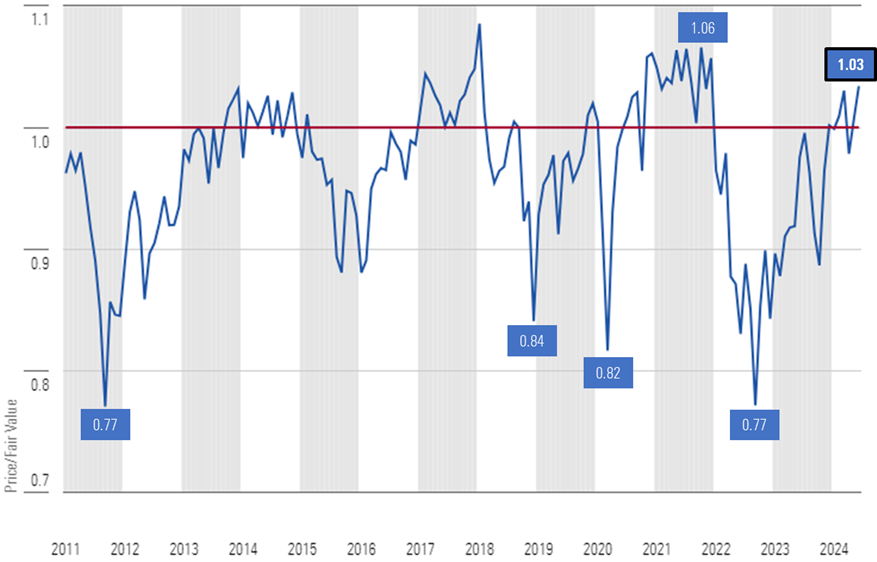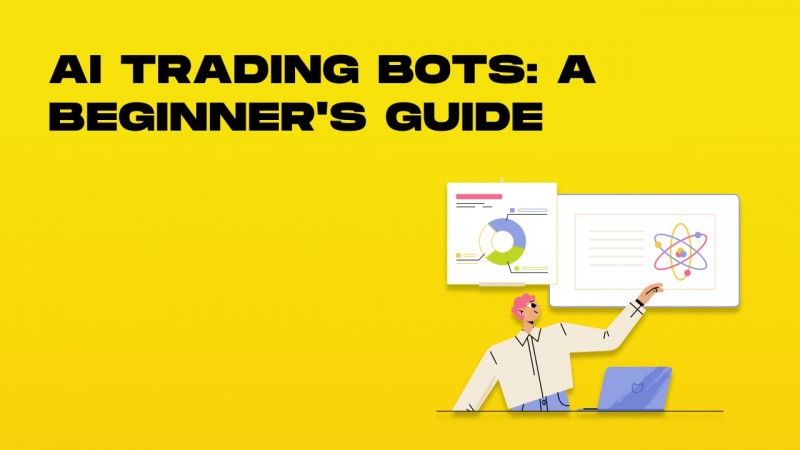20 Handy Ideas For Deciding On AI Stock Prediction Sites
Top 10 Tips To Evaluate The Ai And Machine Learning Models Of Ai Stock Predicting/Analyzing Trading PlatformsIt is crucial to evaluate the AI and Machine Learning (ML) models employed by stock and trading prediction platforms. This will ensure that they provide accurate, reliable and actionable insights. Models that are overhyped or poorly constructed could result in inaccurate predictions or even financial losses. Here are ten of the best ways to evaluate the AI/ML model of these platforms.
1. Understanding the model's goal and the way to approach
Determining the objective is important. Determine whether the model was designed for long-term investing or for trading on a short-term basis.
Algorithm transparency - Check for any public disclosures regarding the algorithm (e.g. decision trees, neural nets, reinforcement learning, etc.).
Customization - See if you can tailor the model to meet your strategy for trading and your risk tolerance.
2. Assess model performance through metrics
Accuracy - Examine the model's accuracy in predicting. However, don't solely rely on this measurement. It could be misleading on financial markets.
Recall and precision: Determine how well the model can identify true positives (e.g. accurately forecasted price changes) and eliminates false positives.
Risk-adjusted returns: Find out whether the model's predictions lead to profitable trades, after accounting for risks (e.g. Sharpe ratio, Sortino coefficient).
3. Test the Model with Backtesting
History of performance: The model is tested with historical data to assess its performance in prior market conditions.
Examine the model using data that it has not been trained on. This will help prevent overfitting.
Scenario Analysis: Examine the model's performance under different market conditions.
4. Check for Overfitting
Overfitting: Watch for models that work well with training data but do not perform well with unseen data.
Regularization techniques: Check whether the platform uses techniques such as L1/L2 normalization or dropout in order to avoid overfitting.
Cross-validation is a must for any platform to use cross-validation when assessing the model generalizability.
5. Evaluation Feature Engineering
Relevant features: Ensure that the model is based on meaningful attributes (e.g. price volumes, technical indicators and volume).
Select features with care It should contain data that is statistically significant and not redundant or irrelevant ones.
Dynamic feature updates: Find out whether the model is able to adapt to market changes or to new features as time passes.
6. Evaluate Model Explainability
Interpretability: The model should give clear explanations of its predictions.
Black-box model Beware of platforms that make use of models that are overly complicated (e.g. deep neural network) without explaining the tools.
A user-friendly experience: See whether the platform is able to provide actionable information to traders in a manner that they can comprehend.
7. Examining Model Adaptability
Changes in the market. Verify whether the model is able to adapt to the changing conditions of the market (e.g. a new regulation, a shift in the economy or black swan event).
Continuous learning: See if the platform updates the model often with fresh data to boost the performance.
Feedback loops: Ensure the platform is incorporating feedback from users or real-world results to help refine the model.
8. Examine for Bias or Fairness.
Data biases: Make sure that the data used in training are representative and free from biases.
Model bias: Make sure that the platform monitors the model biases and mitigates it.
Fairness. Make sure your model doesn't unfairly favor certain industries, stocks or trading strategies.
9. Calculate Computational Efficient
Speed: Determine if your model is able to produce predictions in real time or with minimum delay particularly for high-frequency trading.
Scalability - Verify that the platform can handle large datasets, multiple users and not degrade performance.
Resource usage: Determine if the model uses computational resources effectively.
Review Transparency, Accountability, and Other Questions
Model documentation: Make sure the platform has comprehensive documentation about the model's structure and training process.
Third-party auditors: Make sure to see if the model has been subject to an independent audit or validation by an independent third party.
Error Handling: Determine if the platform has mechanisms to identify and correct mistakes in the models or in failures.
Bonus Tips
User reviews and case studies User feedback and case studies to gauge the real-world performance of the model.
Trial period: Try a free trial or demo to evaluate the model's predictions as well as its usability.
Customer Support: Verify that the platform provides robust technical support or model-related support.
These tips will assist you in assessing the AI models and ML models that are available on stock prediction platforms. You'll be able to determine whether they are trustworthy and trustworthy. They must also align with your goals for trading. Follow the top ai trading tools tips for website examples including best AI stock, AI stock picker, trading with ai, market ai, best ai trading app, ai for trading, stock ai, best ai trading software, AI stock trading app, chart ai trading assistant and more.

Top 10 Things To Consider When Evaluating Ai Trading Platforms For Their Versatility And The Possibility Of Trial.
Before signing up for long-term contracts, it is essential to evaluate the options for trial and the flexibility of AI-driven prediction and trading platforms. Here are top 10 tips for evaluating the following factors:
1. You can sign up for a free trial.
Tips: Find out if the platform offers a free trial period for you to try the features and performance.
Free trial: This allows you to test the platform without financial risk.
2. Limitations and Duration of the Trial
Tips: Take a look at the trial period and restrictions (e.g. limited features, data access restrictions).
The reason: Once you understand the constraints of the trial and limitations, you can decide if it is a thorough evaluation.
3. No-Credit-Card Trials
Tip: Look for trials that don't need credit card details upfront.
What's the reason? It reduces the risk of unanticipated charges and makes it easier to opt out.
4. Flexible Subscription Plans
TIP: Make sure that the platform allows flexible subscriptions (e.g. quarterly annual, monthly, etc.)) and transparent pricing different tiers.
The reason: Flexible plans allow you to select the amount of commitment that's best suited to your budget and needs.
5. Customizable Features
TIP: Ensure that the platform you are using permits customization, including alerts, risk settings and trading strategies.
Customization allows you to tailor the platform to meet your desires and trading goals.
6. It is very easy to cancel the reservation
Tip: Assess how easy it is to cancel or downgrade a subscription.
What's the reason? A simple cancellation procedure will ensure you are not stuck with plans you don't want.
7. Money-Back Guarantee
Look for platforms offering 30 days of money-back guarantees.
What's the reason? It's another security precaution in the event that your platform does not live up to the expectations you set for it.
8. Trial Users Have Full Access to Features
TIP: Make sure that you have access to all core features that are not limited to a trial version.
What's the reason? You can make an the right choice based on your experience by testing all the features.
9. Customer Support during Trial
Check out the customer service throughout the trial time.
You can make the most of your trial experience by getting the most reliable support.
10. Feedback Mechanism Post-Trial Mechanism
Check whether the platform asks for feedback from its users following the test to help improve the quality of its service.
What's the reason? A platform that is based on user feedback is more likely to evolve and satisfy user requirements.
Bonus Tip Optional Scalability
The platform should be able to grow in response to your expanding trading activities, by offering you higher-tier plans or additional features.
Before making any financial commitment, carefully evaluate these trial and flexibility options to determine if AI stock trading platforms and prediction are the right choice for you. View the top ai tools for trading tips for blog info including best ai trading platform, invest ai, ai software stocks, how to use ai for copyright trading, free AI stock picker, ai software stocks, ai tools for trading, AI stock trader, ai for trading stocks, invest ai and more.
